 |
Laporta once tried to push Messi away. |
On its face, this could be seen as a tribute to the greatest player in the club’s history. But through the lens of behind-the-scenes politics and the lingering memories of the dark summer of 2021, the statement looks more like a political stunt than a pure gesture of gratitude.
When the poor president shows his true colors
The problem is: erecting a statue of Messi in the context of Barcelona still being obsessed with money is a frivolous decision and difficult to justify. This is not an act of pure gratitude, but has personal motives, even somewhat abusing Messi's image for Laporta's political purposes. Because if he really wanted to honor Messi properly, Laporta would not have let the Argentine superstar leave in tears in 2021.
The memories of that time are still fresh in the hearts of fans. Before the 2021 election, Laporta promised to pamper Messi, pledging that the team would keep him at all costs. But as soon as he returned to the presidency, he immediately played the role of a "poverty-pretending president", citing financial reasons to force Messi to leave, even when Messi accepted a 50% pay cut. The story of "the club not being able to pay the salary" at that time made Messi the victim of a political move, and Laporta was the one who benefited from the image of "the new president who was willing to sacrifice for the future of the club".
Messi once brought glory to Barcelona. |
However, what makes people question the big thing is how Laporta spent money after Messi left. As soon as he sent the living legend out the door, Laporta immediately stopped "pretending to be poor". A few months later, Ferran Torres arrived at Nou Camp for 55 million euros. The following summer, Laporta showed off his talent in activating a series of controversial financial levers and spent hundreds of millions of euros to buy players: Robert Lewandowski for a fee of 45 million and a salary of nearly 10 million euros; Jules Koundé for 50 million; Raphinha for 58 million; not to mention the huge salaries paid to free contracts like Franck Kessie or Andreas Christensen. The following seasons were also not short of money, sometimes buying Dani Olmo for 55 million euros, Vitor Roque for 30 million euros, and sometimes paying a salary of 10 million euros to Ilkay Gundogan.
The list reveals a clear paradox: Barcelona has enough money to spend a lot of money on a series of new players, many of whom do not meet expectations, but not enough money to keep a player who has been with them for more than two decades and is always ready to sacrifice?
For example, the salaries of older stars like Lewandowski and Gundogan, combined with the ineffective transfer fee for Vitor Roque, are enough to keep Messi for a few years. If Laporta really wanted to, he could have done everything. But he didn’t. And that fact begs the question: was letting Messi leave a political choice rather than a financial one?
No longer pretending to be poor, still acting
Now, as Messi suddenly reappears on the Camp Nou turf in an emotional visit, Laporta uses sweet words, saying that Messi deserves a permanent place and mentioning the possibility of a statue. But the paradox continues to repeat: Laporta insists that Messi is unlikely to play for Barca again. So will the Messi statue be a tribute or a cover to hide a conflicted past?
Laporta knows that Messi is still the name that holds the most weight in the hearts of Barcelona fans. And he knows even more that the next presidential election will be fierce, especially when his opponent Victor Font is increasingly receiving sympathy from Messi's loyal fans. Therefore, Laporta's sudden desire to erect a statue of Messi, right at the time when his opponent is rising, is nothing more than a hasty attempt to win favor, a calculated detail in the early election campaign strategy.
Messi still shines with Argentina. |
If Laporta had the courage to admit his mistake in letting Messi go, he could have salvaged some of his reputation. Instead, he chose to embellish history with a statue, a symbol of honor for those who stopped playing football while Messi was still scoring goals for Argentina and Inter Miami.
In 2021, Laporta played the role of “poverty-pretending president” to force Messi to leave. In 2025, he suddenly “returned rich” to erect a statue of Messi. In both cases, the person at the center of politicization was still Lionel Messi, who always called Camp Nou “home”, but was never fully accepted by the head of the club.
And the final question that Barcelona fans have the right to ask is: was the statue erected to honor Messi, or to save the image of Joan Laporta?
Source: https://znews.vn/chu-tich-gia-ngheo-gio-lai-co-tien-de-dung-tuong-messi-post1602670.html





![[Photo] Unique art of painting Tuong masks](https://vphoto.vietnam.vn/thumb/1200x675/vietnam/resource/IMAGE/2025/11/14/1763094089301_ndo_br_1-jpg.webp)
![[Photo] Unique architecture of the deepest metro station in France](https://vphoto.vietnam.vn/thumb/1200x675/vietnam/resource/IMAGE/2025/11/14/1763107592365_ga-sau-nhat-nuoc-phap-duy-1-6403-jpg.webp)

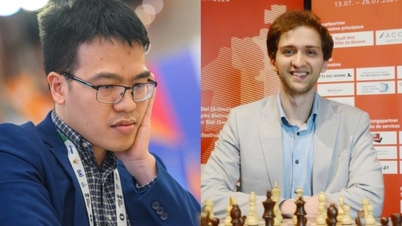

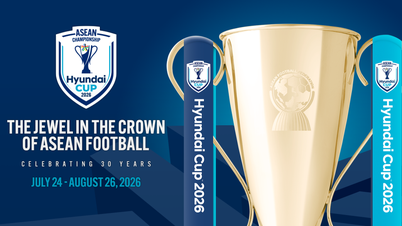

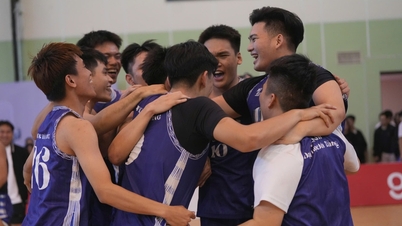













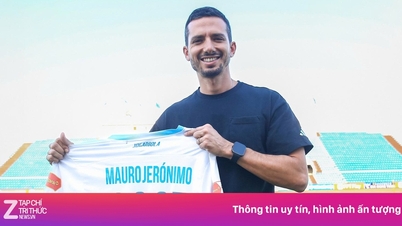

![[Photo] Special class in Tra Linh](https://vphoto.vietnam.vn/thumb/1200x675/vietnam/resource/IMAGE/2025/11/14/1763078485441_ndo_br_lop-hoc-7-jpg.webp)








































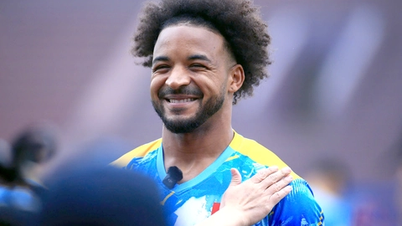
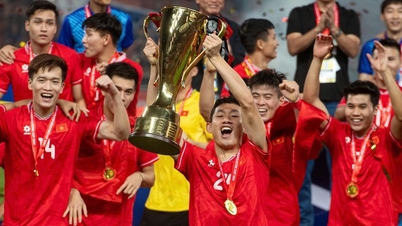
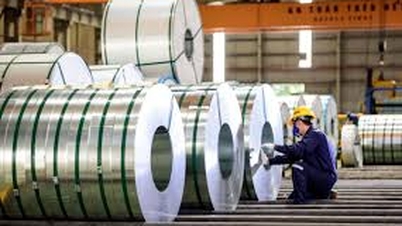







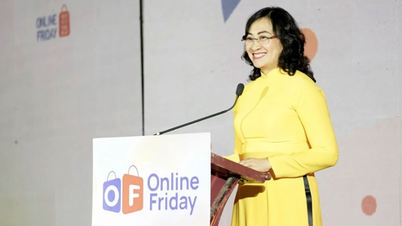





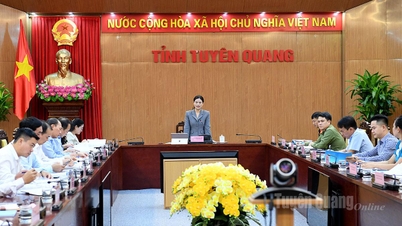

















Comment (0)